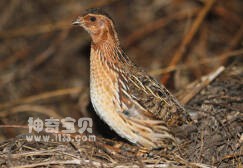
Coturnix coturnix
Coturnix coturnix,Common Quail, Quail,Caille des blés
The Western Quail (Coturnix coturnix), Common Quail in English, quail in Fre···
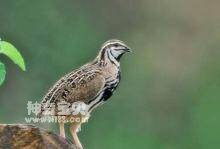
Coturnix coromandelica
Coturnix coromandelica,Rain Quail
The black-breasted Quail is known as Coturnix coromandelica or Rain Quail an···
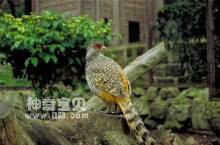
Cheer Pheasant
Cheer Pheasant,Catreus wallichii
The painted Pheasant (Catreus wallichii), the foreign name Cheer Pheasant, l···
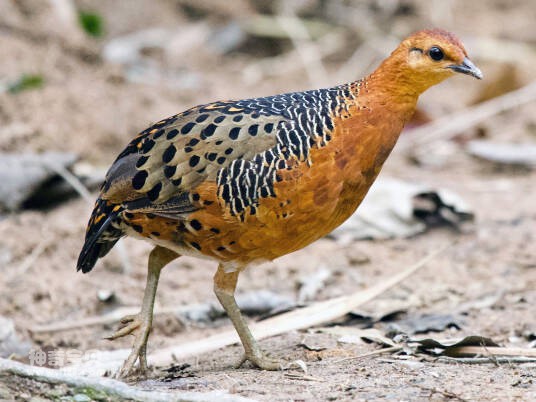
Caloperdix oculea
Caloperdix oculea,Ferruginous Wood Partridge
Caloperdix oculea, Ferruginous Wood Partridge, its specific habits are unkno···
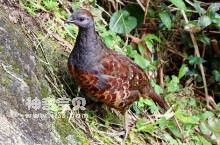
Chinese Bamboo Partridge
Chinese Bamboo Partridge,Bambusicola thoracica
Chinese Bamboo Partridge (scientific name: Bambusicola thoracica) has 2 subs···
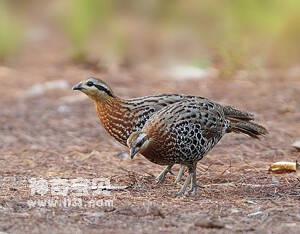
Bambusicola fytchii
Bambusicola fytchii,Mountain Bamboo-partridge
Mountain Bambusicola fytchii is a small chicken similar in size to Mountain ···
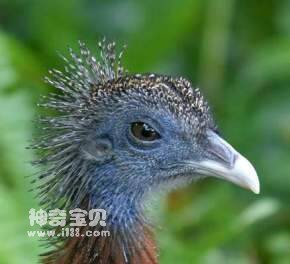
Argusianus argus
Argusianus argus,Great Argus
Tragopan (Argusianus argus) is known as the Great Argus and has two subspeci···
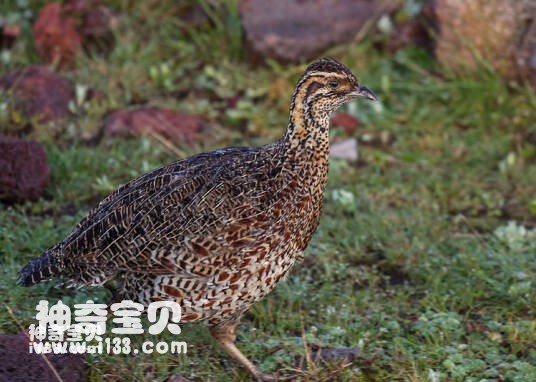
Arborophila sumatrana
Arborophila sumatrana
The Sumatran mountain partridge, known scientifically as Arborophila sumatra···
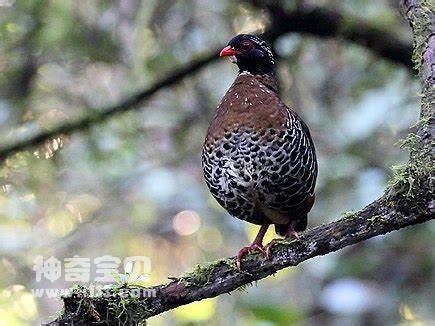
Arborophila rubrirostris
Arborophila rubrirostris,Red-billed Hill Partridge
Scientific name Arborophila rubrirostris, foreign name Red-billed Hill Partr···
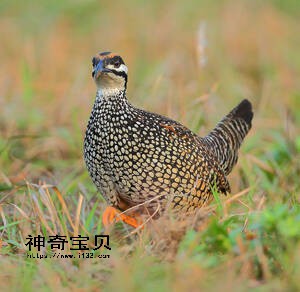
Arborophila rolli
Arborophila rolli,A partridge in Roche holster
Its scientific name is Arborophila rolli and its foreign name is A partridge···
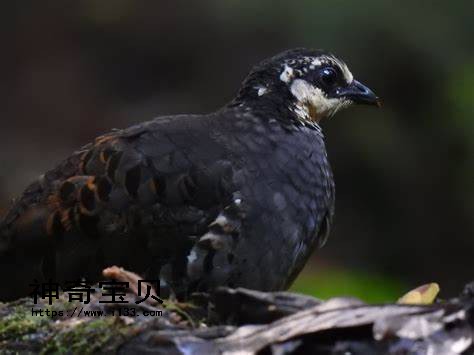
Arborophila orientalis
Arborophila orientalis,Gray-breasted Hill Partridge
Arborophila orientalis, Gray-breasted Hill Partridge, good at concealing. Th···
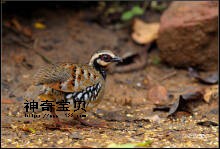
Arborophila merlini
Arborophila merlini,Vietnam Hill Partridge
Vietnamese mountain Partridge scientific name Arborophila merlini, foreign n···
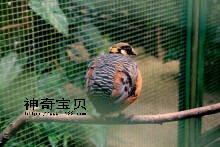
Arborophila javanica
Arborophila javanica,Chestnut-bellied Hill Partridge
The brown-bellied Arborophila javanica, Chestnut-bellied Hill Partridge, is ···
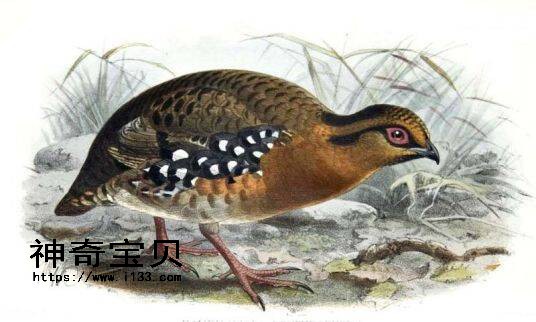
Arborophila hyperythra
Arborophila hyperythra,Red-breasted Hill Partridge
The Red-breasted Hill Partridge is known as Arborophila hyperythra and red-b···
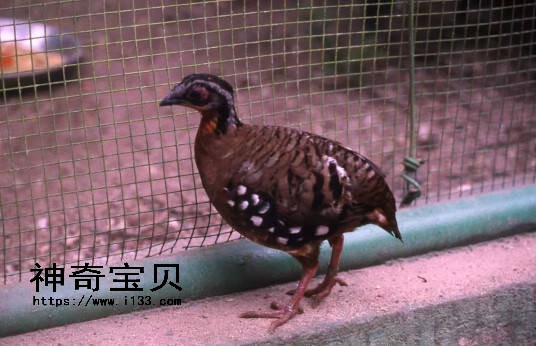
Arborophila davidi
Arborophila davidi,Orange-necked Hill Partridge
The Orange-necked Hill Partridge is known as Arborophila davidi and orange-n···
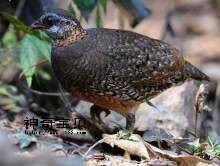
Arborophila chloropus
Arborophila chloropus,Green-legged Partridge
The Green-legged Partridge (Arborophila chloropus) has four subspecies.Partr···
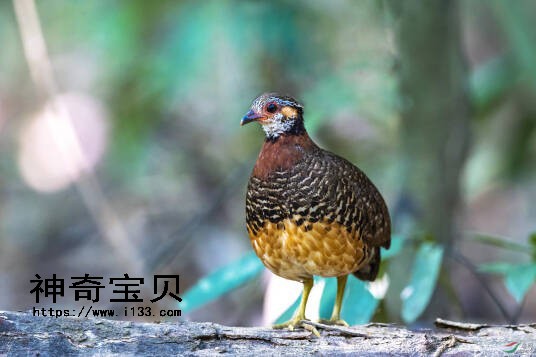
Arborophila charltonii
Arborophila charltonii,Chestnut-breasted HillPartridge
Arborophila charltonii, Chestnut breasted HillPartridge, is good at hiding. ···
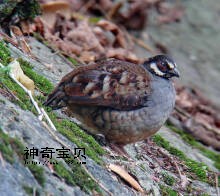
Arborophila campbelli
Arborophila campbelli,Malay Partridge
Malay Partridge (scientific name: Arborophila campbelli), no subspecies. Thi···
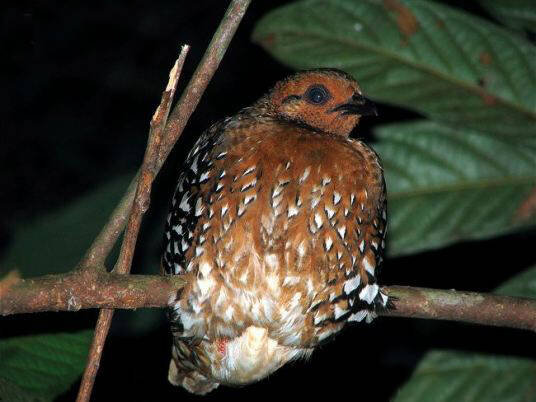
Arborophila cambodiana
Arborophila cambodiana,Chestnut-headed Hill Partridge
Its scientific name is Arborophila cambodiana and its foreign name is Chestn···
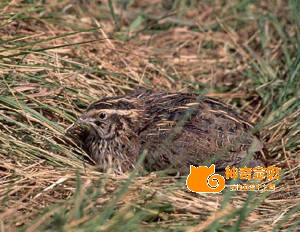
Anurophasis monorthonyx
Anurophasis monorthonyx,Snow Mountain Quail
Snow partrail is known as Anurophasis monorthonyx and Snow Mountain Quail.Li···
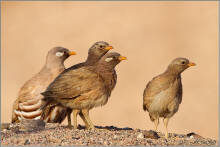
Ammoperdix heyi
Ammoperdix heyi,Sand Partridge
Ammoperdix heyi, also known as Sand Partridge, has four subspecies.The partr···
